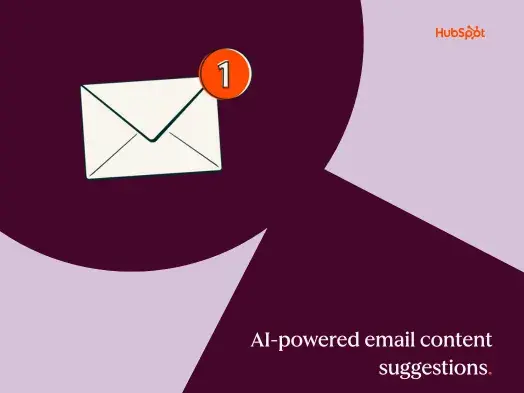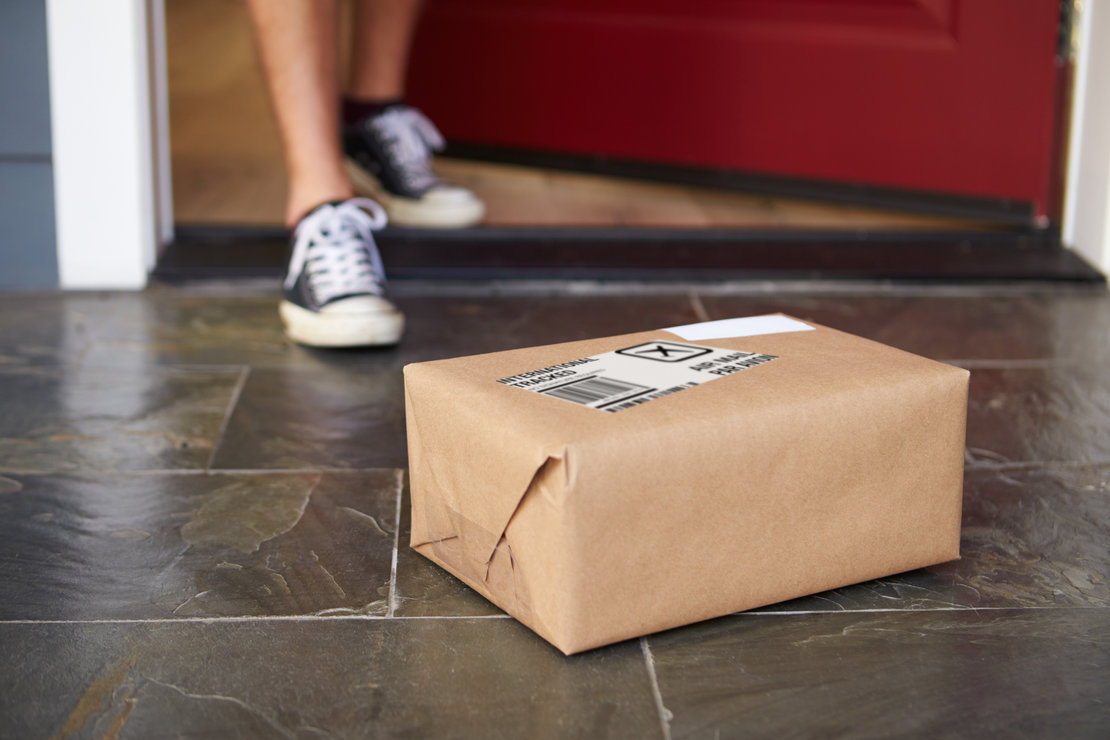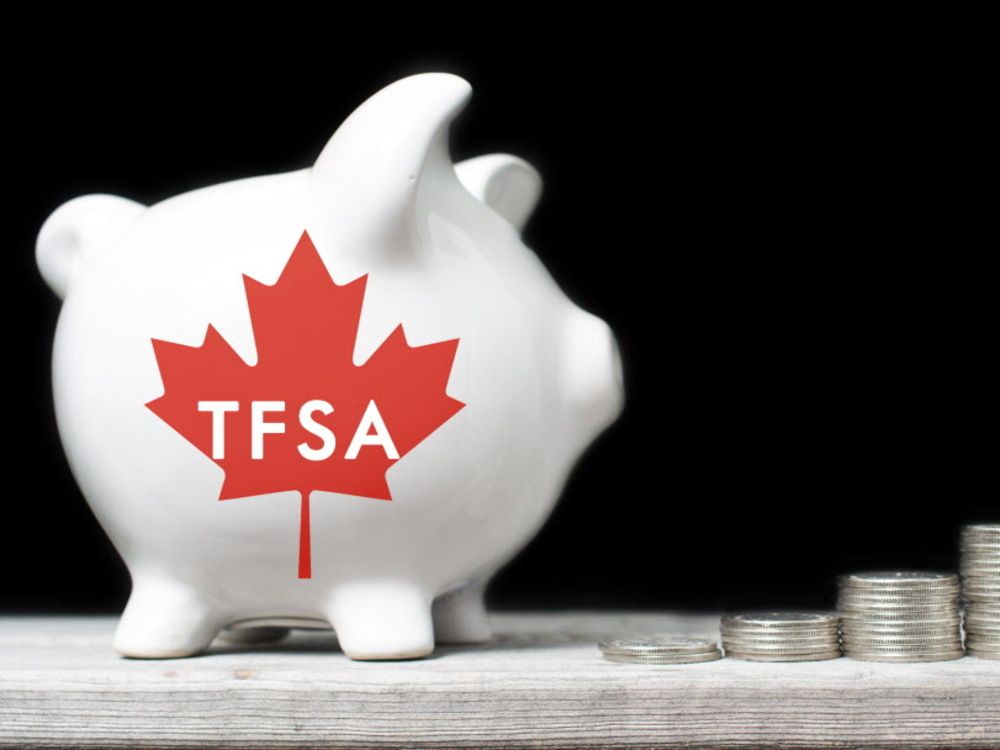You have already built a brand and made great products. This means that you most likely already have an eCommerce store. You may also have a strong marketing foundation for your brand. But maybe you’re struggling with the step of making it easy for happy customers to become loyal to your brand through repurchasing.
One of the biggest hurdles of online shopping is the leap a customer must make between putting your items in their cart and hitting the checkout to actually make the purchase. Subscription services can help cultivate the kind of brand loyalty and conversion that makes it easier for customers to press the checkout button.
What is a Subscription Box Service?
A subscription box service is a service that offers recurring physical delivery of niche products as part of a marketing strategy. Similar to other types of business that utilize the subscription business model, subscription boxes offer a stable financial model that relies on recurring monthly or quarterly revenue. They are also likely to cultivate a unique relationship between your brand and customers, as they sign up to receive products of a similar niche or theme on a regular basis. This type of service has become a very popular business model.
Most of the time when we think of subscription services, we think of curated products from across an industry brought together in a box for picking and choosing. However, individual brands are developing in-brand subscription services that send out bits of their seasonal line or other assorted aspects of their brand to keep customers engaged with and using their products. Not sure what this looks like? Here are a few steps to get started with making your products into a subscription service.
Put Together an Idea
You already have a brand with viable products, now it’s time to think about the possibility of whether those products fill a monthly or quarterly need in your customers. Your subscription box should offer unique or themed experiences, useful or wanted items, and a fun mail experience.
You, of course, don’t want to make a subscription out of anything that your branding claims are built to last or that you would only need one of. Subscription boxes are more fit for items that will be used, worn, replenished, read, depleted, or collected. Some of the most successful subscription boxes include beauty supplies, novelty items, books and notebooks, seasonal lifestyle items, food and kitchen supplies, and crafting and art supplies.
Some of the best subscription boxes offer exclusives that customers wouldn’t be able to get from a simple retail purchase, such as helpful pamphlets, expert advice, exclusive recipes, or codes to unlock freebies and promotions in their online shop. While you will essentially be repackaging your products for monthly shipments, putting a new spin on those products, or an exclusive design will help your subscribers feel like they are getting something special.
Research Your Niche
Know your customers through and through. This will help you decide what and how much to put in the box. Subscription boxes aimed at children can often get away with a great amount of small, inexpensive knickknacks. However, remember that the adults are the ultimate subscribers of even children’s boxes. Meaning, they are likely to cancel boxes that don’t appear to be worthwhile.
Subscription boxes aimed at adults are better off displaying quality over quantity. Most subscription boxes send a range of items. Usually, there is one premium item that makes up a large portion of the value and a few smaller, complementary, and less expensive items that contribute to the theme and provide useful tools and additions.
Research your competition as well. This means looking at other subscription services being offered in your niche. If you don’t feel comfortable going into the direct competition, see if there is a void or need that you can fill.
Price Your Subscription Box
Pricing is difficult since you’ll need to find a balance between profitability and discounts for your customers. Your subscription box should appear to be a deal or offer a discount so that your customers perceive that they are getting more than they paid for. At the same time, experts recommend a 40% profit margin on each box.
Build a Prototype Box
When putting together a subscription box, don’t forget about the unboxing experience. The box that you design should make an interesting and engaging first impression with its branding, design, and size. In other words, it should make customers feel special just to open the box.
If you already run an eCommerce business, you most likely already know that smaller boxes will save you greatly on your shipping costs. Branded and specially designed boxes are part of the subscription box experience. That means you will need to design a box for shipments that are able to fit all of your likely goods while also wasting as little space as possible.
You will also need to consider your packaging material. These materials often consist of wrapped products, tissue paper, or crinkle paper. The way you package your product can say a lot about your company and its priorities, for example, if you use recycled or eco-friendly wrapping.
Marketing Your Box
The great thing about developing a subscription box in-brand is that you already have a warm market. The products in your boxes will often have their own marketing photos and website listing. However, it may be better to market your box separately from your retail store.
Make social media pages just for the subscription services, and use overlap marketing to link your customers back and forth from the retail items to the subscription box. This will create two avenues for conversion.
Subscription boxes are traditionally announced with email campaigns, and marketed with photos, flat lays, unboxing videos, and lifestyle photos. To get going and test the waters, you can make a signup goal. This will help you see if your service is interesting to your customers. At this point, it is also common to have giveaway count-downs to the subscription box release to engage your customers, catch attention, and even get some early sign-ups. There are many places you can order custom shipping boxes that can help create branded boxes.
Customer Support
Customer support is a key topic for subscription boxes. Think about it this way, your customers are pledging part of their monthly or quarterly purchasing power to you and your company. They’re showing you loyalty, and expect loyalty and transparency from your company as well.
When starting your subscription service, you will need to be ready to provide customer support. You’ll need this from the moment that you first introduce your box prototype in your first email campaign. Also, remember that well-supported subscription customers are likely to buy your retail products in between cycles.
Since this is essentially a loyalty program, you need to remain engaged with past customers. You also need to keep the ones you’ve already hooked. Ultimately, it costs more to acquire new customers than it does to retain the ones you have.
Feedback and Continuous Improvement
Launching a new service is a headache for companies of any size. And, while a subscription box may only mean new packaging for your familiar products, the increased shipments and organization can be a lot to take on.
Keep it simple, and allow the project to grow with customer feedback, new ideas, and renewed energy. To keep customers subscribed, take every opportunity to ask for feedback and send out surveys.
Be transparent throughout the process. Your subscribers need to know your shipping cycle, including when you will be processing their payment for each box and when they can expect the shipment.
Stay Open to Opportunities
You will always have the ability to use only your own products. Subscription services, as well as associated giveaways, are a great opportunity to make relationships with other complementary vendors and brands that suit your niche.
Consider sourcing complementary goods from other brands for some mutual marketing and affiliations.
Subscription services give you the opportunity to learn with your sales, continually delight your customers, and form stronger relationships with your subscribers. These boxes are always evolving and developing. So allow your brand to grow with the feedback and see what it does for your business.
Also read:
Food & Restaurant Subscription Business Models and How They Work
9 Key Elements of a Subscription-Based Business Model
This article was first published in 2018 but has been updated and expanded.
Staff Writer: Rebecca Moses is a creative writer who can’t keep from meddling in the real world. While living in Colorado, she developed a particular interest in small business production. She loves a writing challenge, dabbles in illustration, and reads to figure out how all things work and grow. Find her at RebeccaMosesWriting.com
One last step! Check your email to confirm your subscription and to get your free ebook! Thank you!
Article Tags:
Business Opportunities · featured · Find Your Way · Grow your business · New Startups · Product Development · Your Mindset
Article Categories:
Find Your Way · Grow Your Business · Product Development · Sales · Your Mindset












